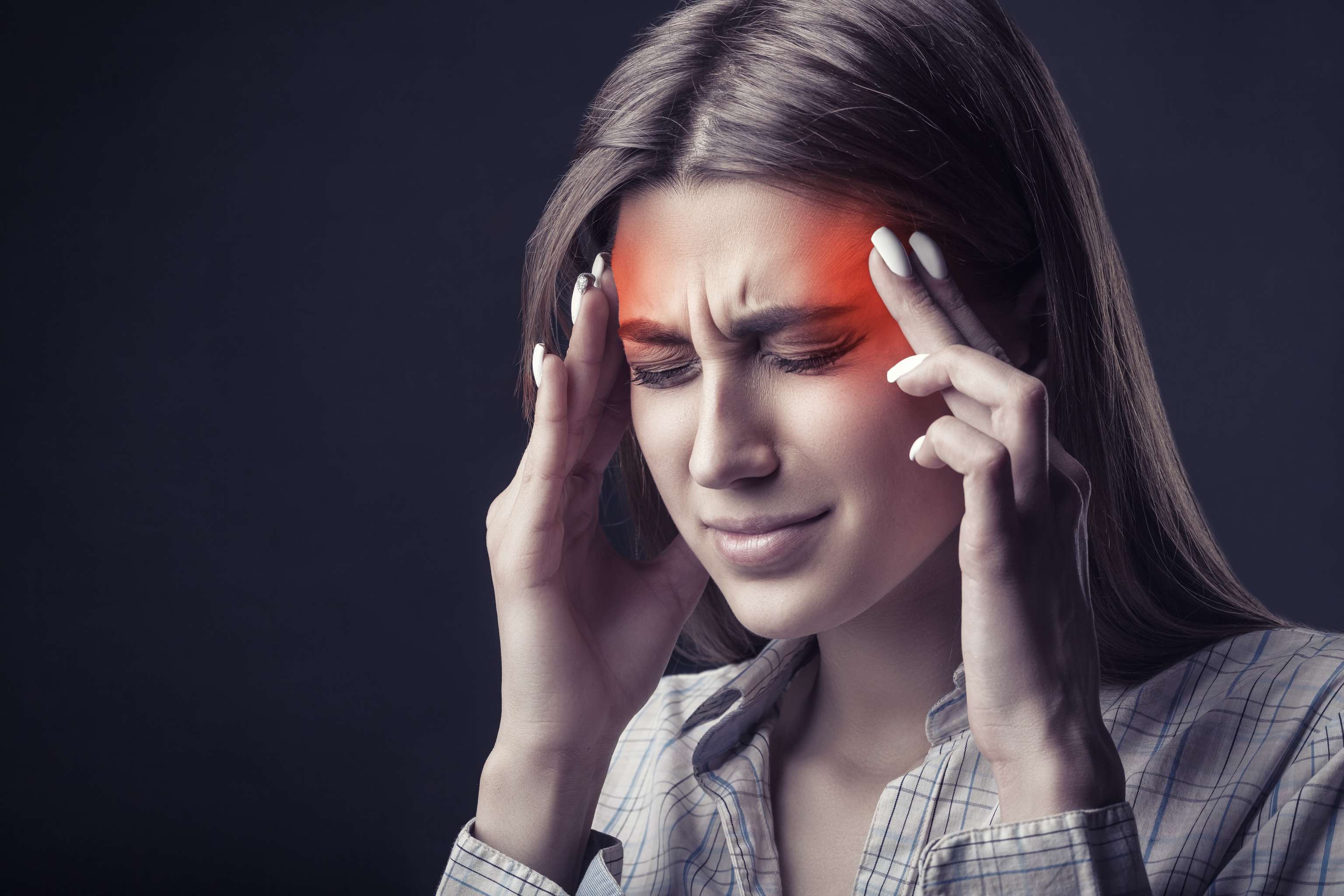Relationship between stress and headaches

Classification of headaches:
According to the International Headache Society (IHS), headaches are classified into two categories. Primary headache disorders show no pathological findings on examination. Migraine with and without aura (i.e., visual perceptual disturbance), tension headache and cluster headache are among them. Secondary headaches are a symptom of another condition, such as trauma to the head, medication abuse or infection. About 92% of headache patients suffer from primary headaches. In 40-90% of cases, the pain occurs episodically, i.e. less than 14 days per month. If the pain occurs more than 15 days per month, it is called chronic headache, which is experienced by about 3% of all headache patients. The remaining headaches occur sporadically, i.e. less than once a month, or frequently.
What is stress?
The human body is able to perceive and interpret stimuli from the environment by means of sensory nerves (i.e. nerves conducted from the periphery of the body to the central nervous system (CNS)) and motor nerves (i.e. nerves conducted from the CNS to the periphery). Due to various factors, such as past experiences, these stimuli are evaluated as positive or negative. Such negative stimuli are then referred to as stressors. While a massage is perceived as relaxing, a loud noise such as screaming can be interpreted as a stressor.
Modern stressor:
Subsequently, initiated by the stressor, chemical reactions are triggered which can release stress hormones such as adrenaline and cortisol. The human body is brought into a stress phase. As stressors are conditioned by social development, they also change with time. Whereas in the Stone Age the factors of hunger, cold or physical injury were of greatest importance, in the modern age economic-social or psychosomatic environmental stimuli are among the most common causes. Modern stressors would be deadline pressure at work, long traffic jams on traffic routes or the permanent accessibility through digital media.
If this state of stress persists and does not relax for an extended period of time, it can be detrimental to one's health.
Context:
Accordingly, stress can be a trigger for headaches. According to the Institute for Psychosomatics and Behavioural Therapy in Graz, stress can lead to physiological changes in the body. Neurologically, blood vessels, muscles or the brain change, which can lead to headaches. Periodic and chronic tension headaches are the most frequently diagnosed. Prolonged persistence of headaches can develop consequences such as depression and anxiety.
According to a 2018 meta-analysis published in the journal DNP, stress (including recovery period) and sleep were cited as the first and second triggers for primary headaches in studies of a total of 27,122 headache patients.
Conclusion:
As an innate mechanism, stress has always protected humans from unknown dangers. Dangerous animals or situations put us on alert, causing us to switch to fight or flight mode within seconds. Modern stressors can sometimes be relieved more slowly or not at all, which can show up in physical symptoms like headaches. Especially in modern society, it is therefore important to consciously reduce stress and place value on recovery phases.
Sources

Danilo Glisic
Last updated on 17.12.2020
Your personal medication assistant
Browse our extensive database of medications from A-Z, including effects, side effects, and dosage.
All active ingredients with their effects, applications, and side effects, as well as the medications they are contained in.
Symptoms, causes, and treatments for common diseases and injuries.
The presented content does not replace the original package insert of the medication, especially regarding the dosage and effects of individual products. We cannot assume liability for the accuracy of the data, as the data has been partially converted automatically. Always consult a doctor for diagnoses and other health-related questions.
© medikamio